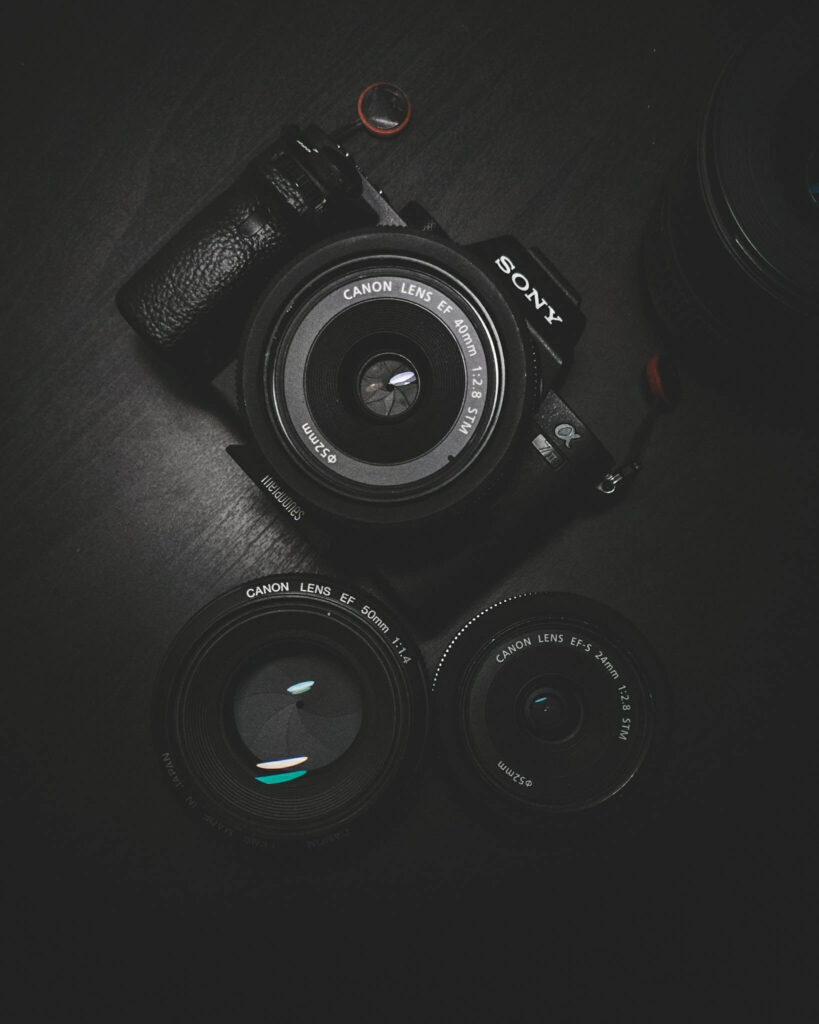Zoom is an online video conferencing tool that has become increasingly popular in recent years, especially due to the pandemic. Zoom Rooms are dedicated physical setups designed for video conferencing, and they include hardware components like cameras, microphones, and speakers. While Zoom Rooms are typically easy to use, camera issues can occur from time to time. In this article, we will discuss some common Zoom Room camera issues and provide tips and tricks on how to troubleshoot them.
Understanding Zoom Room Cameras
Before we dive into the troubleshooting process, let’s take a closer look at the types of cameras used in Zoom Rooms. There are two main types of cameras used in Zoom Rooms: USB and IP cameras.
USB cameras are the most common type of camera used in Zoom Rooms. They are plug-and-play devices that connect to the Zoom Room computer through a USB cable. IP cameras, on the other hand, use an Ethernet cable to connect to the network and stream video to the Zoom Room computer. IP cameras are less common in Zoom Rooms but can be used in larger rooms or for specialized applications.
Common Zoom Room Camera Issues and Solutions
1.Camera Not Detected
If your camera is not being detected by the Zoom Room computer, the first thing to check is the physical connection. Make sure the USB or Ethernet cable is securely plugged into both the camera and the computer. If the connection is loose, the camera may not be detected.
If the connection is secure and the camera still isn’t being detected, try unplugging the camera and plugging it back in. If that doesn’t work, restart the Zoom Room computer and try again.
2.Camera Not Working Properly
If your camera is detected but not working properly, there are a few things to check. First, make sure the camera is turned on and facing the correct direction. If the camera has a lens cover, make sure it is removed.
If the camera still isn’t working, check the Zoom Room settings to make sure the correct camera is selected. You can also try updating the camera driver or firmware.
3.Poor Video Quality
Poor video quality can be caused by a number of factors. First, make sure the camera is set to the correct resolution and frame rate. Higher resolutions and frame rates require more bandwidth and processing power, so they may not work well on slower computers or networks.
If the camera settings are correct and the video quality is still poor, try reducing the number of participants in the meeting or adjusting the video quality settings in Zoom.
4.Echo or Feedback
Echo or feedback can occur when the microphone and speaker are too close together or when the volume is too high. To fix this issue, move the microphone and speaker farther apart or reduce the volume.
You can also try using a headset or a separate microphone and speaker to eliminate the echo or feedback.
Tips and Tricks for Troubleshooting Zoom Room Camera Issues
1.Check the Physical Connection
Always check the physical connection first when troubleshooting camera issues. Make sure the USB or Ethernet cable is securely plugged in and not damaged.
2.Restart the Zoom Room Computer
If your camera isn’t being detected or isn’t working properly, try restarting the Zoom Room computer. This can often fix software-related issues.
3.Update Camera Drivers or Firmware
If your camera is detected but not working properly, try updating the camera driver or firmware. This can fix bugs or compatibility issues.
4.Adjust Video Quality Settings
If you’re experiencing poor video quality, try adjusting the video quality settings in Zoom. Lower resolutions and frame rates can improve video quality on slower computers or networks.
5.Use a Headset or Separate Microphone and Speaker
If you’re experiencing echo or feedback, try using a headset or separate microphone and speaker to eliminate the issue. This can improve the sound quality and prevent the feedback loop from occurring.
6.Test the Camera in Advance
It’s always a good idea to test the camera before starting a meeting or presentation. This can help you identify any issues in advance and troubleshoot them before the meeting starts.
7.Check for Interference
Interference from other devices can cause issues with the camera or microphone. Make sure there are no other devices in the room that could be causing interference.
8.Use Proper Lighting
Proper lighting is essential for good video quality. Make sure the room is well-lit and that the camera is not facing a window or other light source.
9.Check Network Bandwidth
Network bandwidth can affect the video quality and stability of the Zoom meeting. Make sure the network has enough bandwidth to support the meeting and that there are no other devices using the network that could cause congestion.
10.Contact Zoom Support
If you’ve tried all of the troubleshooting tips and are still experiencing issues, contact Zoom support for assistance. They can provide further guidance and help resolve the issue.
Conclusion
Troubleshooting Zoom Room camera issues can be frustrating, but with the tips and tricks provided in this article, you should be able to resolve most issues quickly and easily. Remember to always check the physical connection, test the camera in advance, and adjust the settings as necessary. With a little practice and patience, you can become an expert in troubleshooting Zoom Room camera issues.
